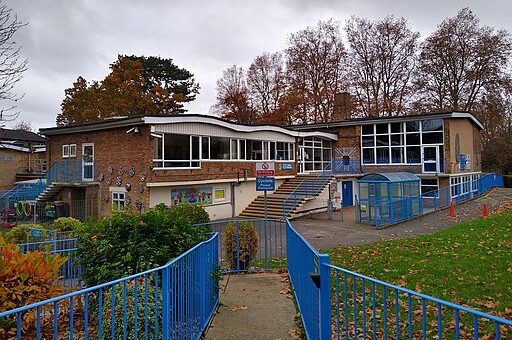There are less children and young people in youth custody than ever before, the latest figures carried out by the Office for National Statistics show.
The latest data reveals a significant drop in the number of young people in youth custody, with the figures almost halving from 1,085 in April 2015 to 584 in March 2021.
Not only has there been a marked decline in the last few years, but also since the turn of the century, with over 3,000 children in custodial institutions between 2000 and 2009.
John Drew CBE, former chief executive of the Youth Justice Board and a senior associate of the Prison Reform Trust, is delighted that the youth custody figures are continuing to fall.
“I consider my contribution to the downward trend of locking children up as my biggest achievement while at the Youth Justice Board and I am very pleased to have played a part in achieving the impossible, without producing any apparent rise in the level of crime committed by children,” he said.
“We have to be very careful about any contact between children and the youth justice system.
“Reducing the numbers of first time entrants by diverting them away from the youth justice system is essential. My first job at the Youth Justice Board was all about encouraging diversion, which had already began to work from 2007.
“If you superimpose a graph on the reductions of numbers of children entering the justice system for the first time on to a graph showing the reductions of children in custody, you will see a very clear pattern emerge.”
By youth custody, the findings refer to any young person in ‘secure estate’, namely young offenders institutions, secure training centres and secure children’s homes, which accommodate hundreds (and previously thousands) of juveniles across the UK.
Drew claimed that rather than putting young people into secure estate and opting for a more punitive approach, the focus should instead be to rehabilitate young offenders.
Questions have been raised as to whether secure estate is truly necessary for children and young people if custody figures continue to fall, though Drew believes we should focus on remodelling the institutions rather than eradicating them.
He said: “Although rehabilitation has not evolved as quickly as I would have liked, the knowledge that a key element of rehabilitation is to change the way a child thinks about themselves has gained some pre-eminence.
“I’m less worried by custodial institutions and more about what their dominant characteristics are likely to be.
“We have learnt that the best institutions are smaller (no larger than 35 beds), nearer to home and focused almost exclusively on rehabilitation.
“They should be run by those who are properly trained and have made an active career choice to work with children, whilst making the most of opportunities for the child within the community.
“For the time being these characteristics mean that secure children’s homes are run better young offender’s institutions and secure training centres. I would try to find a way of securing the funding to phase out the larger institutions.”
For more information on the work of the Prison Reform Trust, click here.




